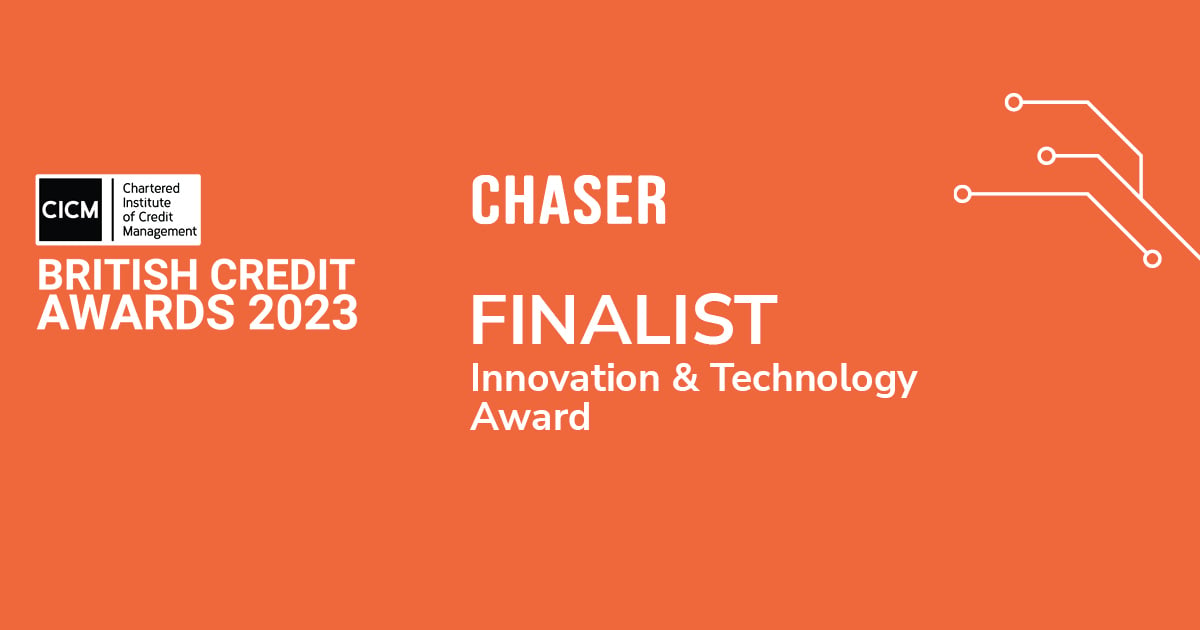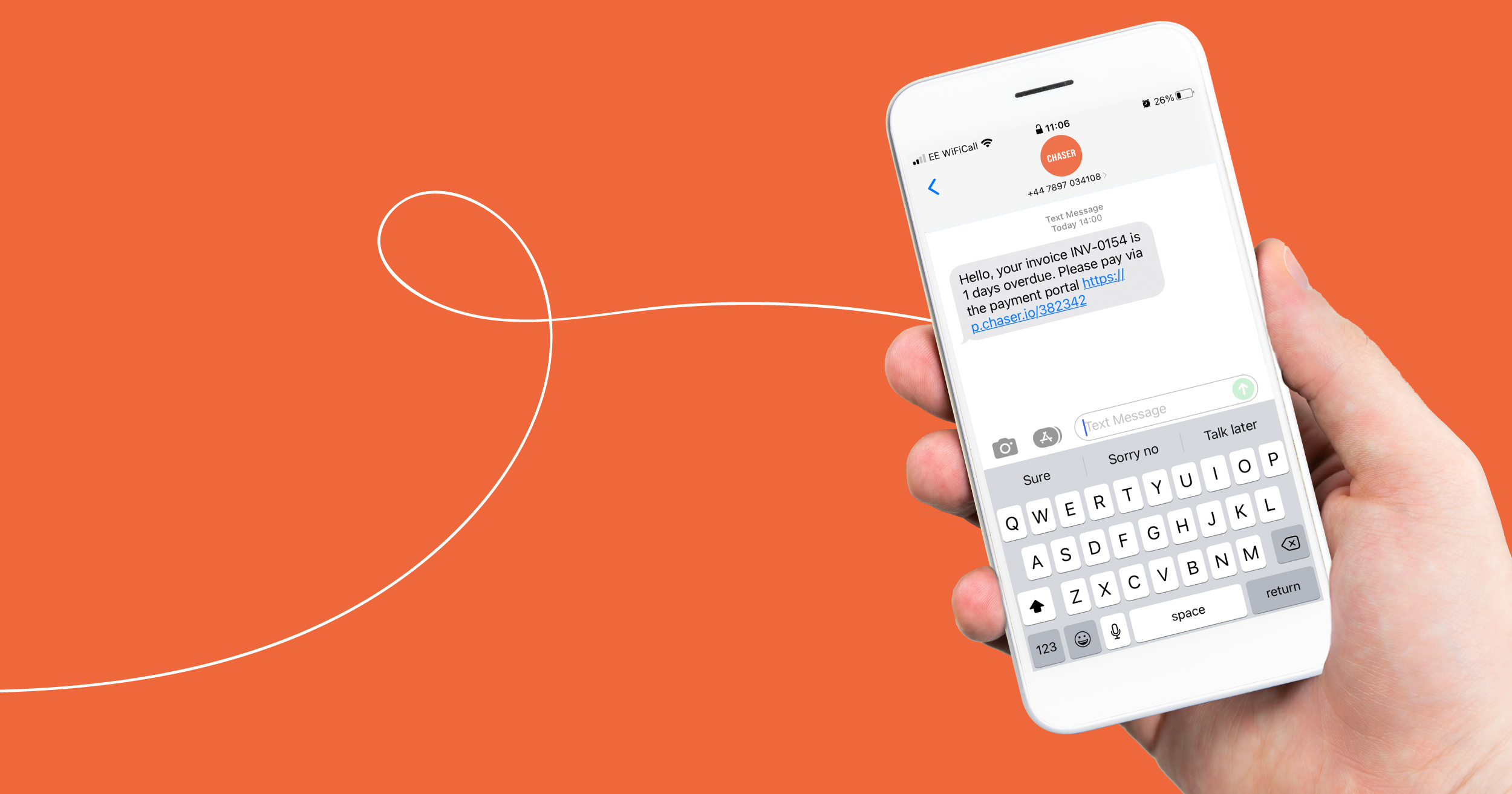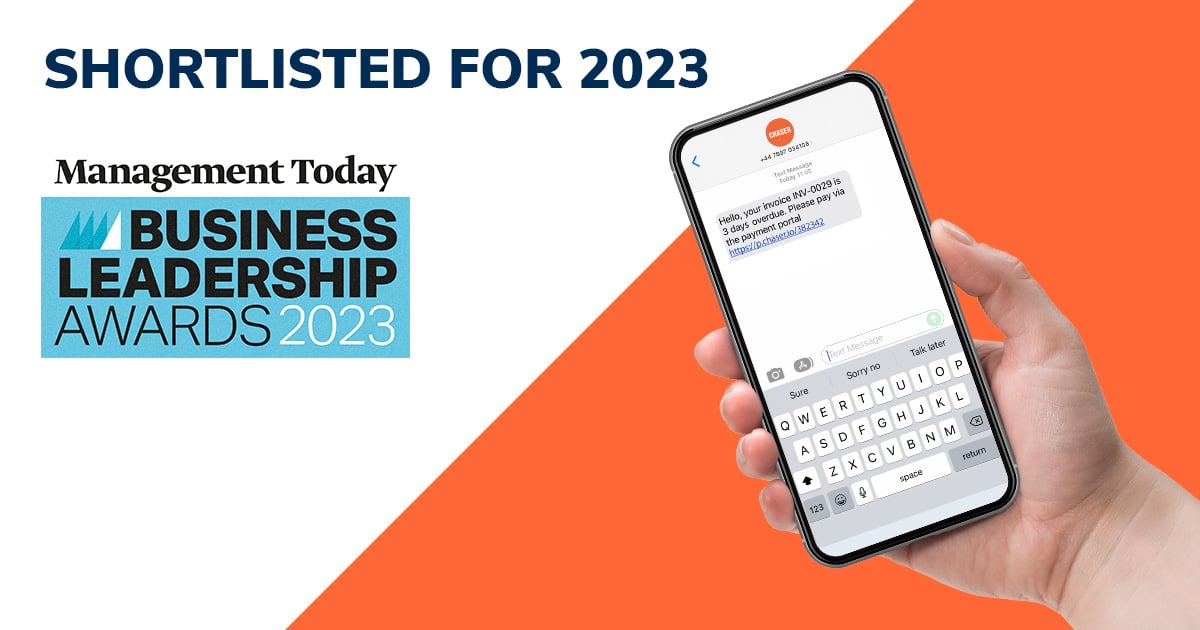In 2022 alone, 56.5% of all emails were spam. Anyone who's used an email work email account knows that their spam filter is second only to the coffee machine as the hardest working employee in the office.
Unfortunately, sometimes even legitimate emails, such as payment reminder emails, end up in the recipient's spam folder.
This is a common and incredibly frustrating issue for businesses sending invoice reminder emails to their clients. Losing vital payment emails to the spam folder can cause delays in payment, add extra work and stress to accounts receivable teams, and negatively impact cash flow. Sometimes, it can even damage the business relationship between the sender and recipient.
In this blog, we'll explore why payment reminder emails end up in the spam folder and provide both technical and strategic solutions for how businesses can stop this from happening.
"Verifying your identity through SPF, DKIM, and DMARC is the first line of defense against spam filters."
Understanding email authentication and deliverability
The first step in preventing payment reminder emails from ending up in the spam folder is understanding the basics of email authentication and deliverability.
Email authentication
Email authentication verifies that the sender of an email is who they claim to be. If this verification fails, ISPs (Internet Service Providers) may mark the email as spam or reject it altogether.
The most common forms of email authentication are SPF, DKIM, and DMARC.
- SPF (Sender Policy Framework) checks if the sender's IP address is authorized to send emails on behalf of the domain.
- DKIM (DomainKeys Identified Mail) uses a digital signature to verify that an authorized sender sent an email from the claimed domain.
- DMARC (Domain-based Message Authentication, Reporting, and Conformance) builds on SPF and DKIM to provide additional protection against email spoofing and phishing attempts.
Setting up these email authentication protocols is crucial for ensuring your emails are not marked as spam. This is best done by working with your IT team or email service provider, as it is a complex technical process.
Deliverability
Deliverability refers to whether or not an email successfully reaches the recipient's inbox. Several factors influence deliverability, including:
- The quality and relevance of the email content
- The sender's reputation and sending history
- The recipient's engagement with previous emails from the sender (e.g., opens, clicks, replies)
Taken together, these factors represent the sender's email hygiene, which can impact the likelihood of their emails being flagged as spam by ISPs.
Improving your email hygiene and setting up email authentication can significantly increase your email deliverability and reduce the chances of your payment reminder emails being marked as spam.
Optimize your email content and design
After you've set up email authentication and improved your email hygiene, you can still take additional steps to prevent payment reminder emails from going to spam.
Creating a well-crafted, relevant, and engaging email will increase the chances of your emails reaching the recipient's inbox and the likelihood of them taking action on your payment reminder.
Here are some best practices for optimizing your payment reminder email content and design:
- Use a clear and concise subject line that accurately reflects the purpose of the email.
- Personalize the email by addressing the recipient by name and using a friendly tone.
- Keep the email short and concise, highlighting only essential information such as the overdue amount and due date.
- Include a clear call-to-action, such as "Click here to pay now."
- Use visual elements like images or logos to make the email more visually appealing.
- Avoid using spam trigger words or phrases that spam filters could flag. This includes phrases like "urgent," "free," or "limited time offer," as well as the overuse of all caps or excessive exclamation points.
By following these best practices, businesses can significantly increase the chances of their payment reminder emails reaching the recipient's inbox and being opened and acted upon.
Personalize your emails
Mass generic email reminders can easily be marked as spam by recipients. This is because one of the foundational things spam filters look for is the relevance of an email to its recipient.
Personalizing your payment reminder emails with specific details, such as the client's name, invoice number, and overdue amount, increases the likelihood of it reaching their inbox and being opened.
This helps prevent your emails from going to spam and improves customer relationships by showing that you value them individually.
While this might seem time-consuming, automation tools like Chaser can help personalize and send email reminders efficiently without sacrificing personalization or cutting your team's time.
Chaser's email reminders can be edited to reflect your brand image and tone, and you can choose which details to personalize based on your specific business needs.
Send from your company's domain
A specific domain name is another critical factor in email deliverability. Using a personalized domain name, rather than a generic one like Gmail or Yahoo, can improve the chances of your emails reaching the recipient's inbox.
Using an email address with your company's domain also adds credibility to your business and helps establish trust with the recipient.
Additionally, using a company-specific email address makes it easier for recipients to recognize and prioritize your emails, reducing the chances of them being overlooked.
Integrating automation with a private domain name, like Chaser's email integration feature, can further improve email deliverability while maintaining a consistent and recognizable sender identity for your business.
Manage your email-sending reputation
As mentioned, sender reputation is crucial to email deliverability. To maintain a good reputation, businesses should regularly monitor their sending practices and take steps to address any issues that may arise.
Here are some tips for managing your email-sending reputation:
- Avoid sending excessive emails simultaneously, as this can trigger spam filters.
- Keep your mailing list up-to-date and remove inactive or unengaged recipients to avoid excessive bounces.
- Monitor recipient engagement and communicate with those who consistently do not open or act on your emails to find out why.
- Keep track of any spam complaints or unsubscribe requests and take steps to address the underlying issues.
A range of email verification tools are available to help businesses monitor their sender reputation and identify any issues that may impact their email deliverability.
Make sure your invoice reminder emails aren't marked as spam
Preventing payment reminder emails from being flagged as spam requires a combination of technical and content-related strategies.
Businesses can significantly increase their chances of successful email deliverability by implementing email authentication, optimizing their email content and design, personalizing their emails, using their company's domain name, and managing their sender reputation.
Remember to regularly monitor and evaluate your email practices to identify potential issues and make necessary adjustments to improve your email deliverability.
For more tips and strategies for optimizing your accounts receivable process, check out Chaser's blog. To learn more about how Chaser can help automate your payment reminders and improve cash flow, schedule a demo or start your 14-day free trial.




